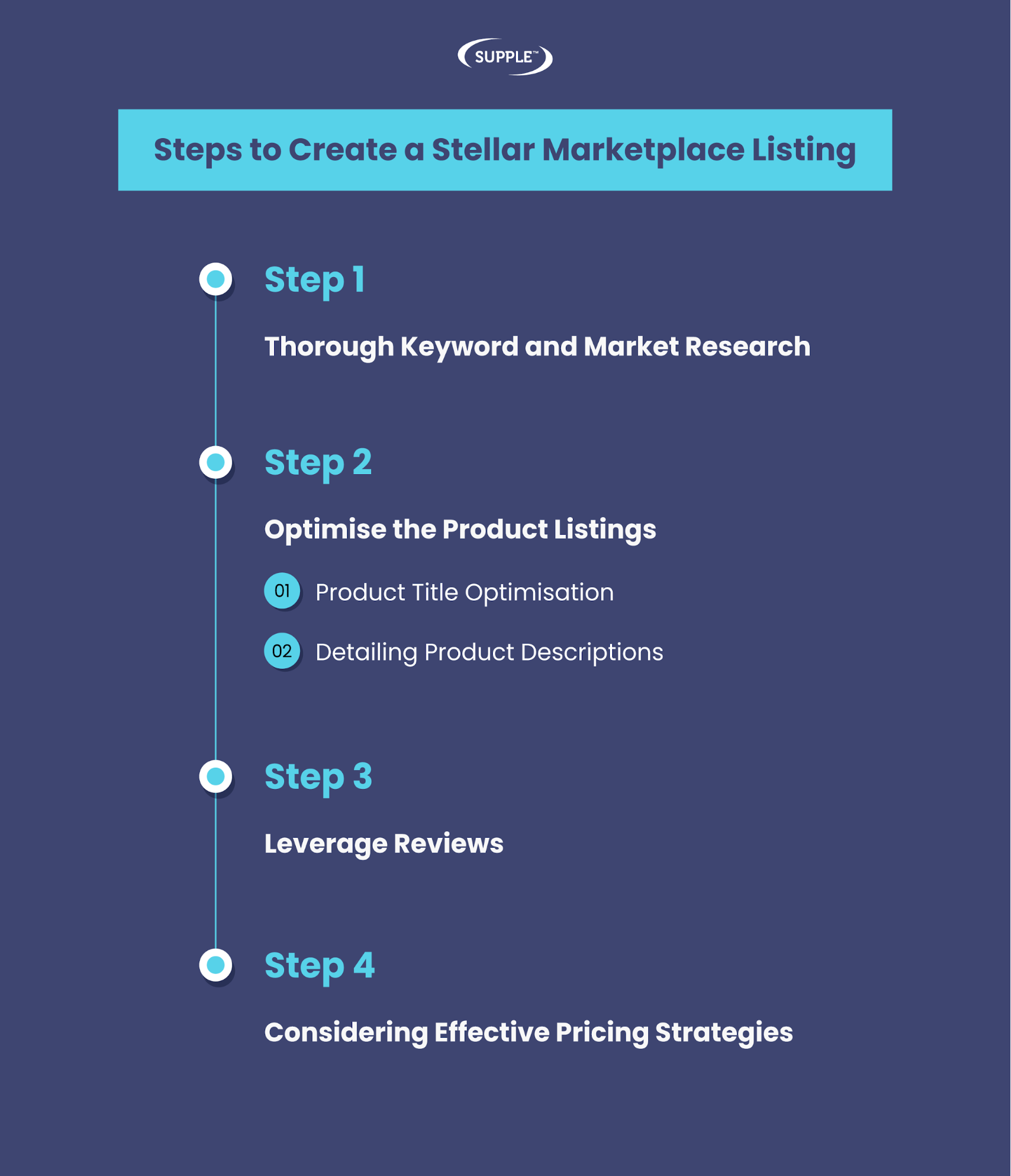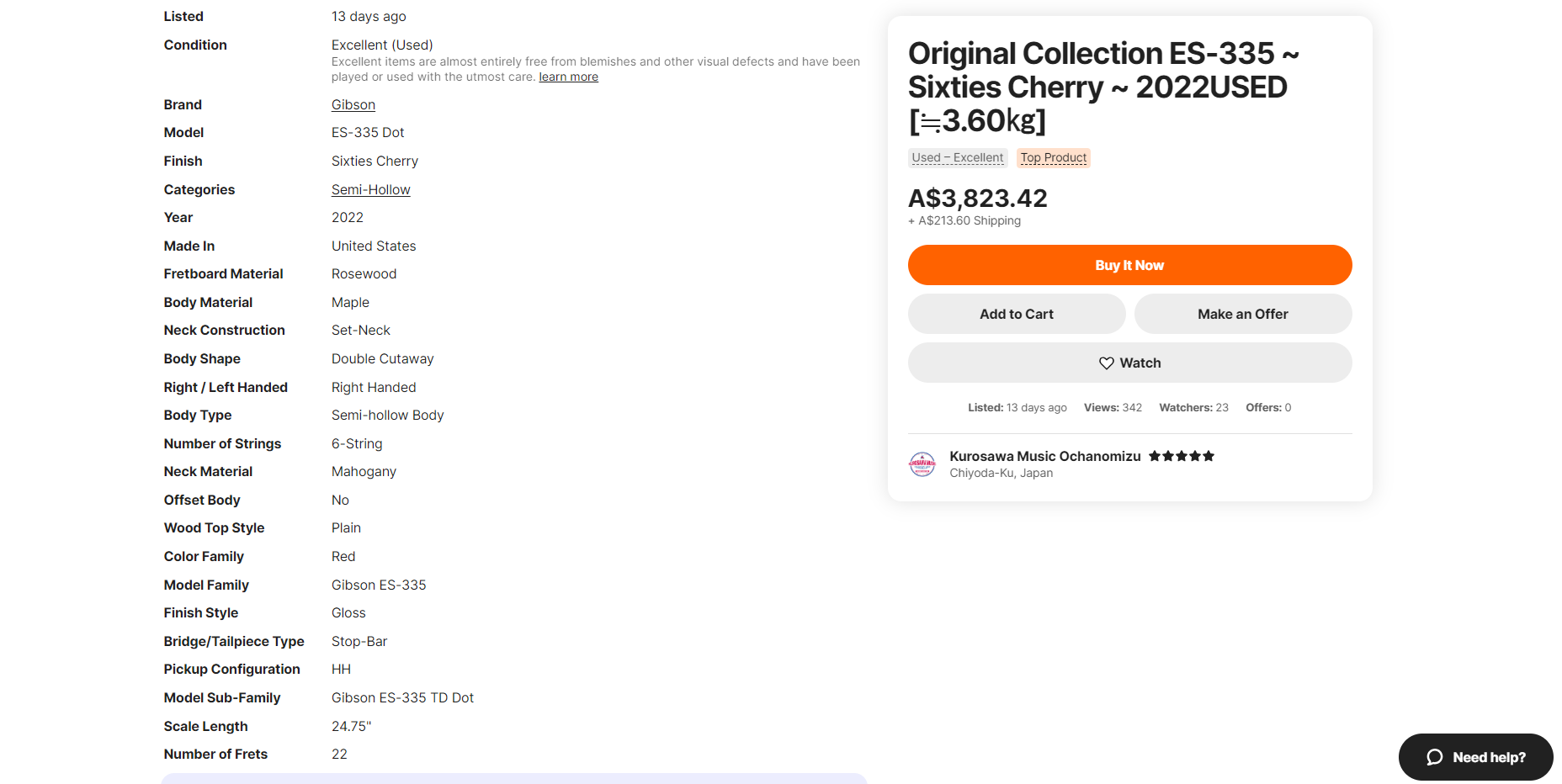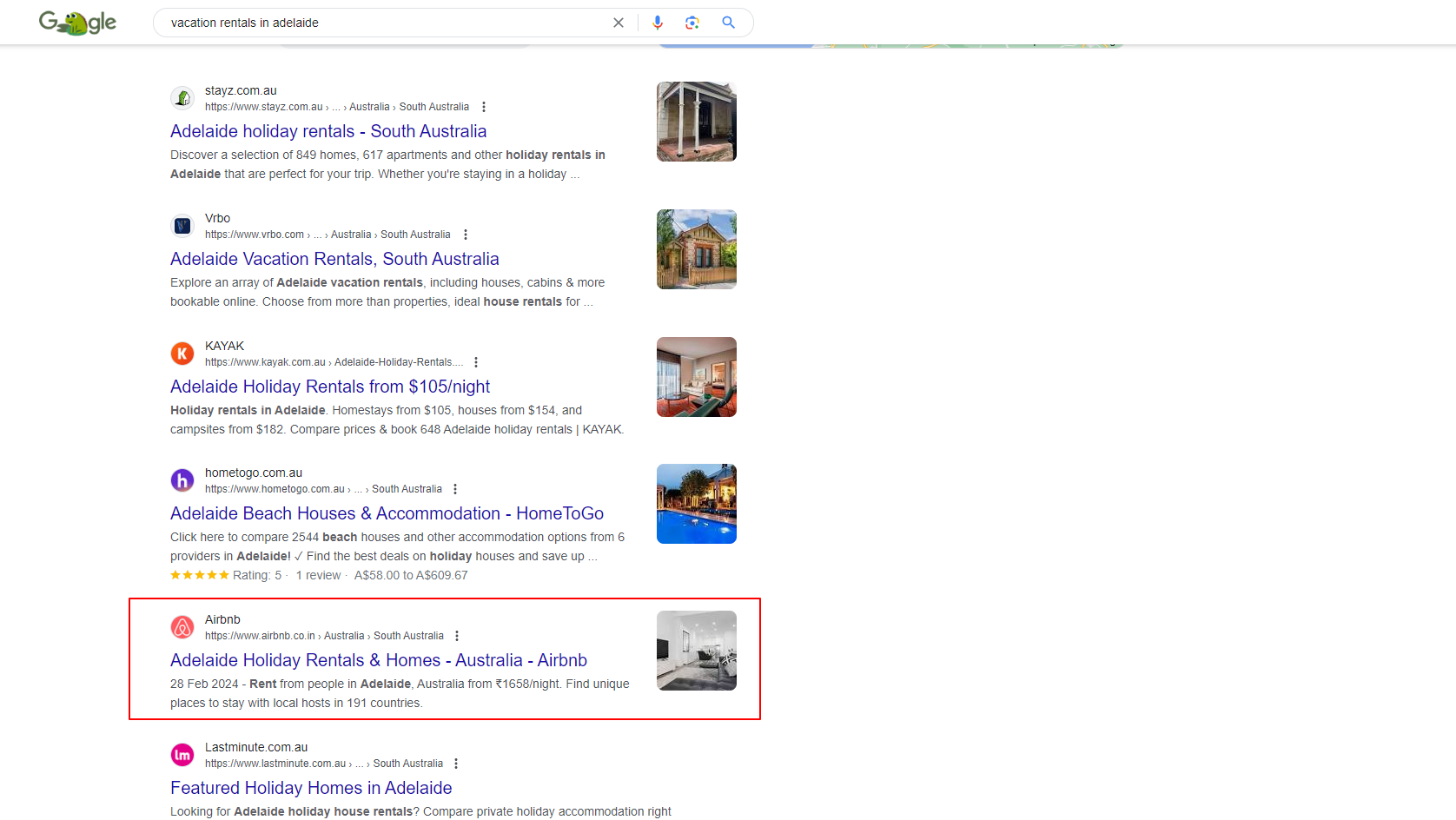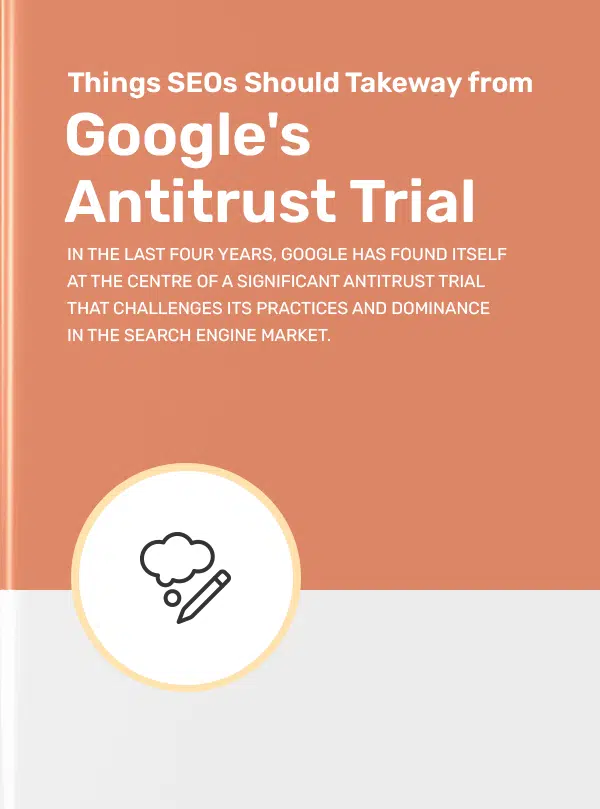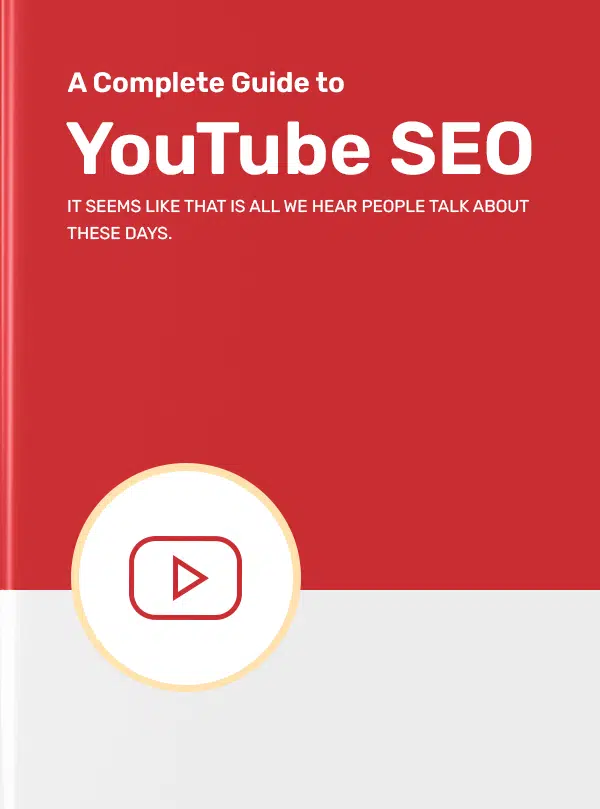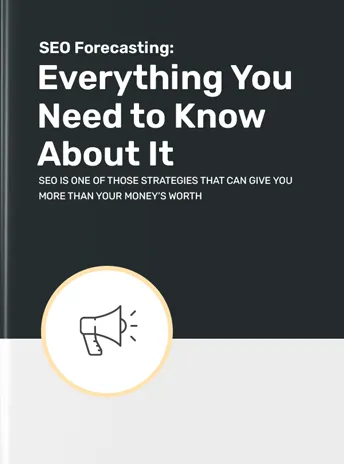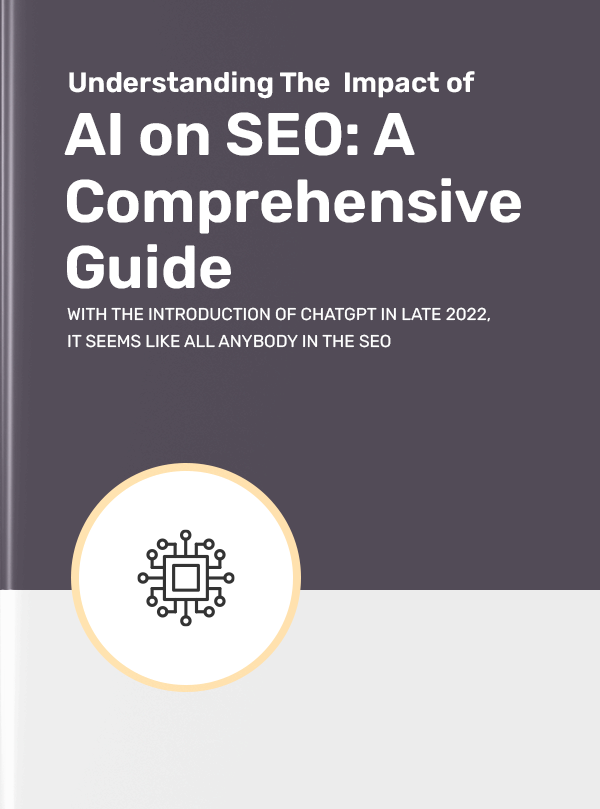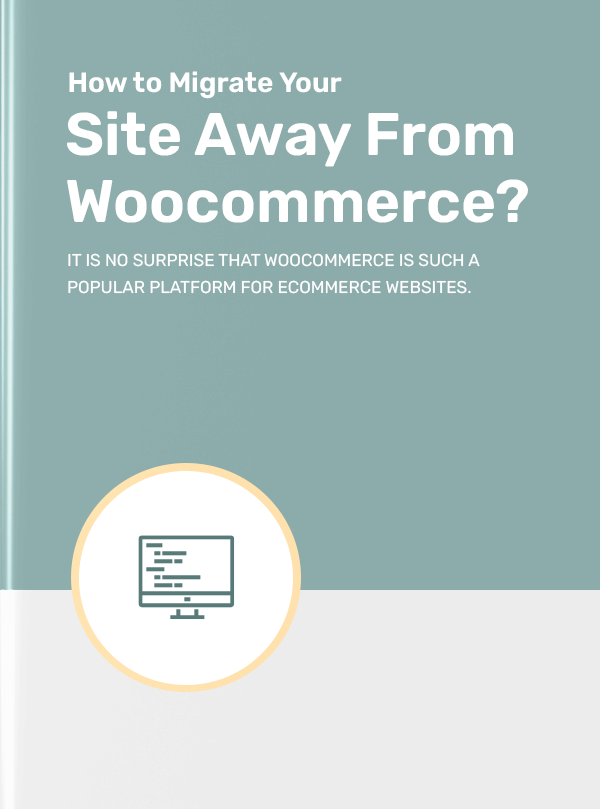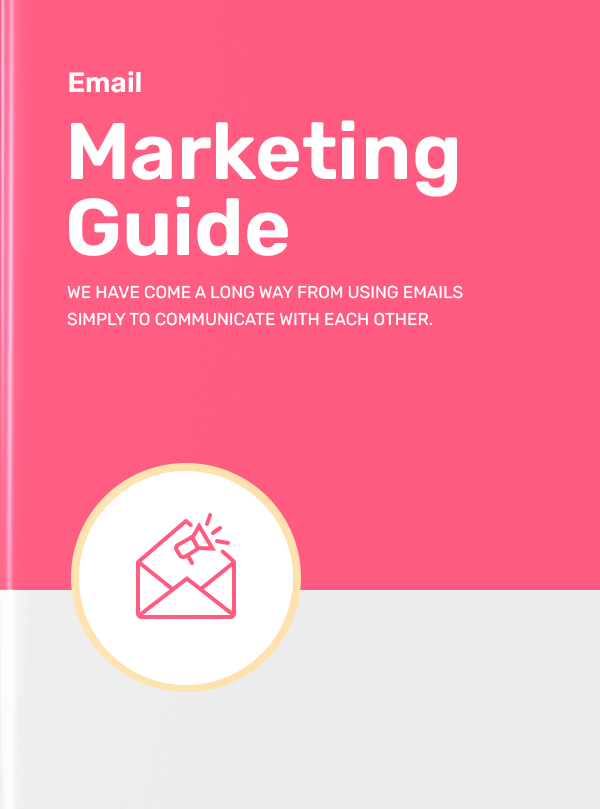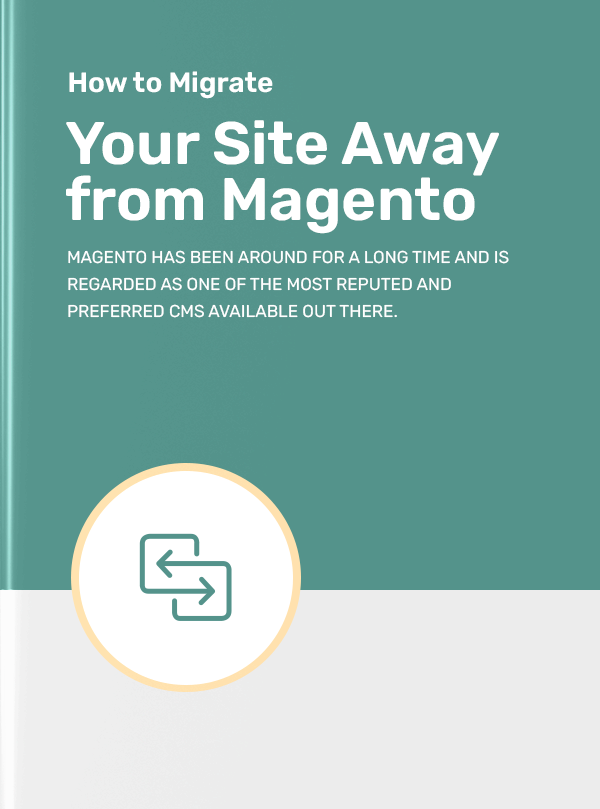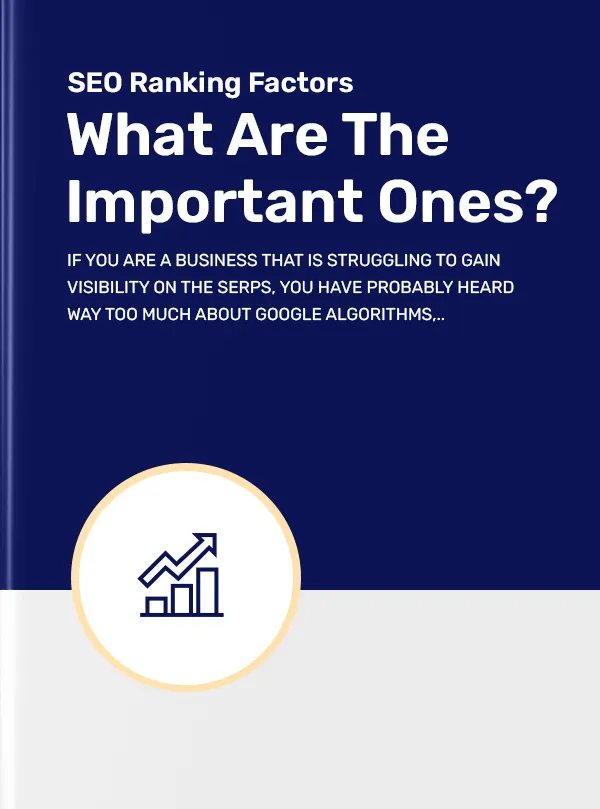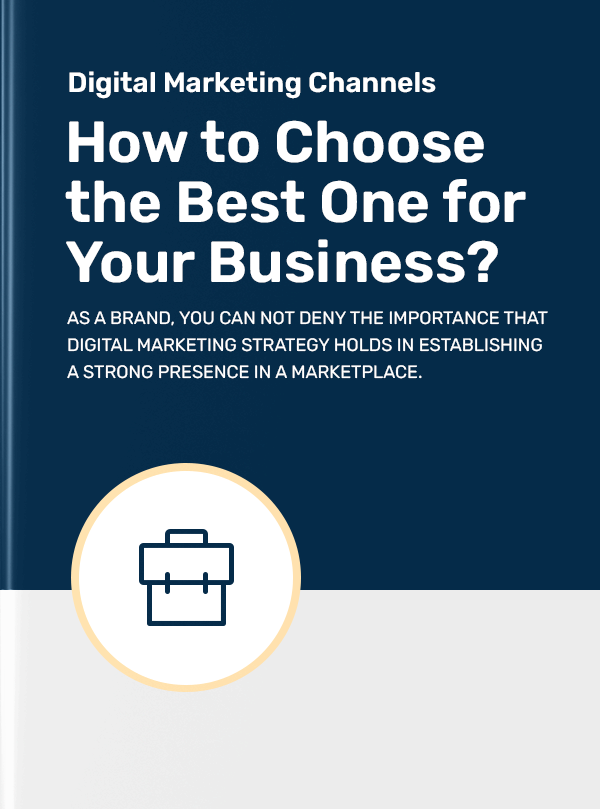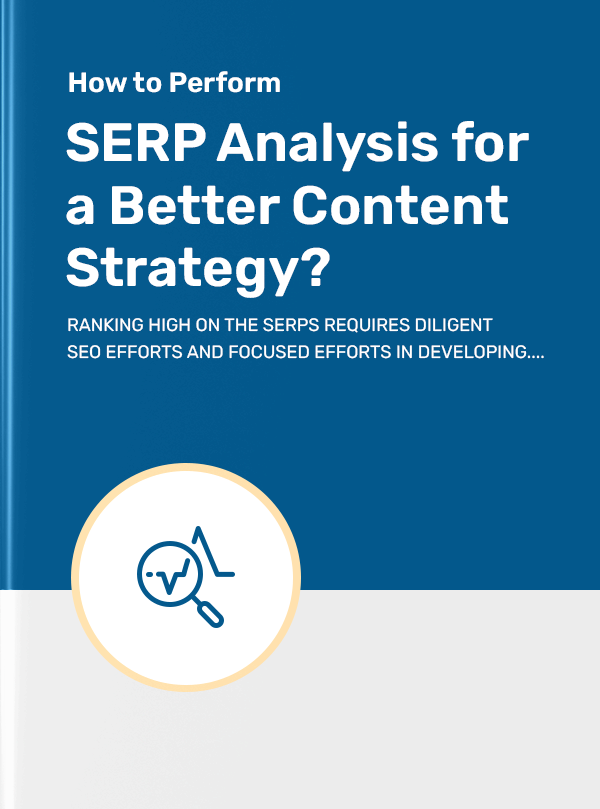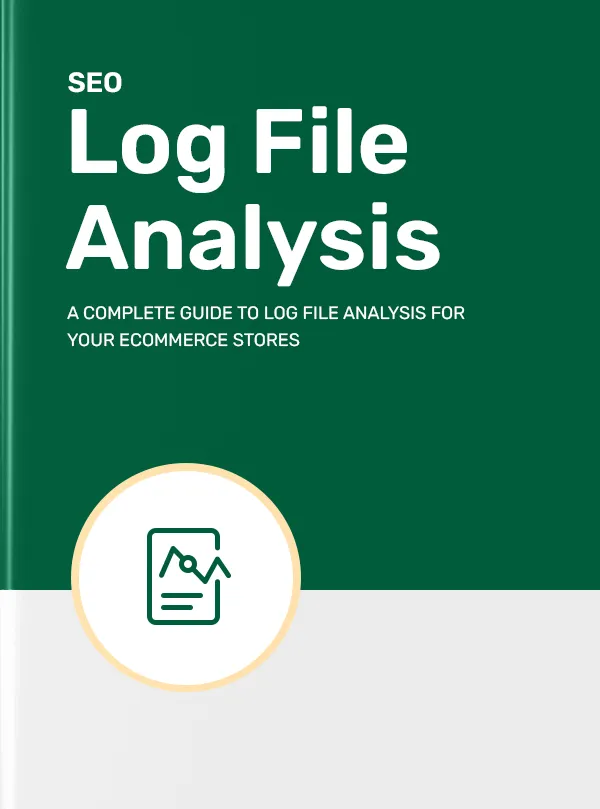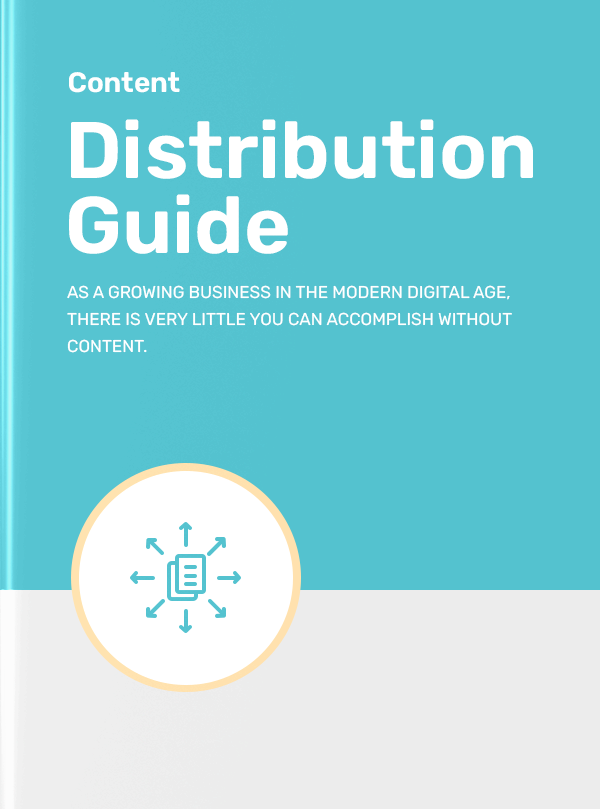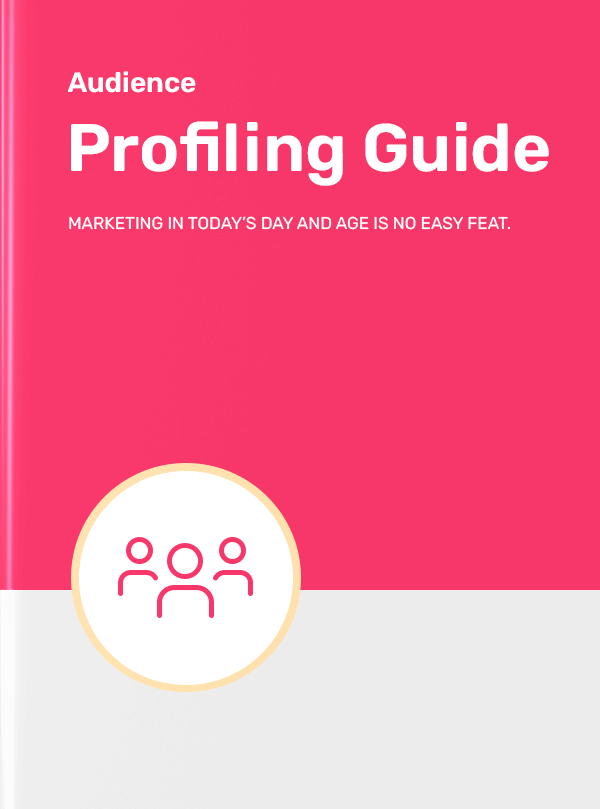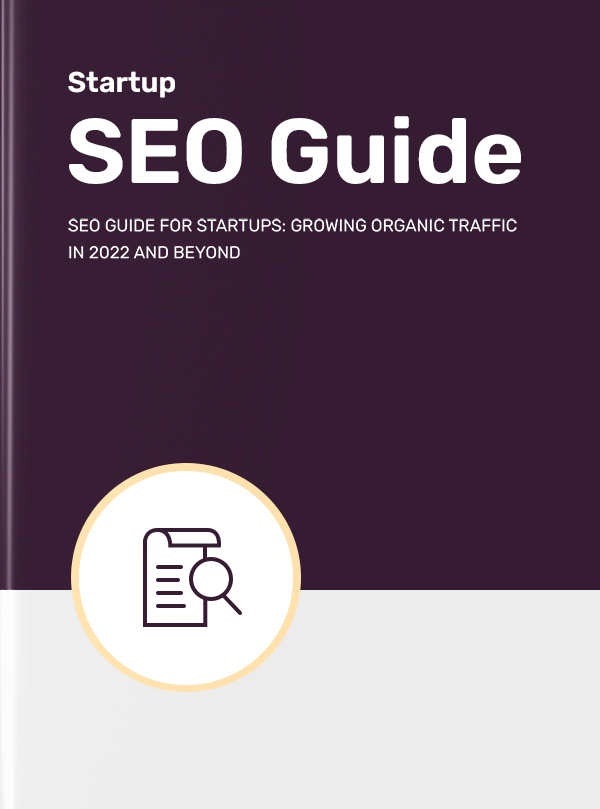Get a Free Seo Audit in Minutes
Get a Free Marketplace SEO Guide SEO Audit in Minutes
As an eCommerce brand — small, medium or large — you will inevitably be in a situation where you need to consider listing your products on a marketplace.
However, building and maintaining your listings on a marketplace can be a demanding process with a bunch of parameters that you would need to consider. Additionally, you need to ensure that all your product listings are indexable and rank on the search engines.
To optimise your product listings the right way, you need the right mix of a comprehensive SEO strategy and technical correctness for your product listings.
With that in mind, let us start with learning more about the most important SEO strategy you should know about as a product seller on a marketplace — marketplace SEO.
Whether you are a newbie or a seasoned seller on a marketplace, you are in for a roller coaster ride. You are going to need the right combination of content, detailing and marketing fundamentals to generate revenue in a marketplace.
Marketplace SEO involves the optimisation of product listings on eCommerce marketplaces intending to increase their visibility and website conversions. This might sound like the definition of any other SEO strategy except eCommerce marketplaces demand their niche considering the differences between marketplaces and other traditional websites.
A marketplace will no doubt need to fulfill the traditional SEO basics such as having a well-structured website, on-page and off-page SEO requirements, and everything else that is needed to make your web pages rank. When done right, a marketplace SEO strategy will ensure that your product listings are optimised for buyers and sellers so that they can find you through search engines.
Marketplace SEO is a highly effective albeit complicated strategy to drive results. Your sales efforts on an eCommerce marketplace can benefit greatly from a comprehensive SEO strategy tailored for the industry, especially if your competitors are not already working on a strategy.
Ideally, your marketplace SEO strategy should include different kinds of digital marketing channels, metrics and a multi-channel marketing strategy.
When you look at any successful marketplace, one of the most distinct features that will stick out significantly is the amount of buyers and sellers it is able to accumulate on the platform. The marketplace and sellers can bring in a lot of qualified incoming traffic, with the help of a well-defined SEO strategy.
As a seller, if you are attracting buyers, you will need to start by understanding their pain points. Say, your Melbourne-based real estate business lists properties on one of the biggest marketplaces in the industry. Your customers’ pain points might include finding the right properties for their requirements in a specific area or within a limited budget.
To target these customers, you should optimise your listings to include specific details about your product so that it addresses their pain points. It will also help to target important keywords within the content and optimise it for SEO so that it can rank for relevant search queries.
Marketplaces also invest a lot in attracting sellers, however, simply having the right keywords might be an oversimplification of the process. Marketplace SEO is quite complex and time-consuming, however, with the right strategy and approach towards SEO, attracting relevant traffic is not very difficult.
You already know that marketplace SEO is widely different from traditional SEO for a regular website, but did you know that it is widely different from your run-of-the-mill eCommerce strategy as well?
But do not worry — there are plenty of overlaps and similarities as well.
With a traditional SEO strategy, you want to optimise your content so that it ranks for some of the most common search queries your customers may have. On the other hand, with marketplace SEO, you want to have content that will attract customers that portray a commercial intent.
This distinction is clear when you understand it with an example.
When a user searches for “best outfits to wear in a wedding”, the results ranking on the SERPs are full of articles and blogs that will help answer the query. On the other hand, when a user searches for “best bridesmaid dresses online”, they will be met with results from marketplaces.
However, marketplace SEO specialists have to weather a lot more challenges to get there, compared to eCommerce SEO specialists who have to navigate much simpler strategies and few challenges. The primary challenge, of course, is the sheer volume of products that marketplaces have to optimise for compared to a much smaller Wix eCommerce store.
So, implementing a marketplace SEO strategy can be a lot more time-consuming and consistently hectic compared to small eCommerce websites. Moreover, while eCommerce websites will more often than not have total control over the stock, quality and pricing of products, marketplaces have to deal with the risks associated with third-party vendors.
These challenges apply to any kind of strategy that marketplaces might be working with and thus require more control and better monitoring processes.
The other differences between a marketplace SEO strategy and a traditional SEO strategy are slightly more technical. The elements and parts of your website that you need to optimise for marketplaces are different and additional to the ones you cover in traditional SEO basics.
You will need to consider the different stages of marketing and sales funnel when optimising your content. Potential customers looking for important information about a specific product can benefit from all the educational and informational content you have on the marketplace. These users are at the Top of the Funnel (TOFU), and if your content is too sales-y, they will not respond well to it.
Moving further along, some users are considering purchasing an item and trying to look for the perfect marketplace. You can help these users make that decision by positioning your listing on a specific marketplace as the perfect solution. Then, some users who are at the Bottom of the Funnel (BOFU) are already considering purchasing from your marketplace, and are looking for transactional information.
Combine this with a detailed and fully updated product page, and you will have a highly conversion-oriented asset that is more likely to convert your visitors into paying customers. Like any other industry, the marketplace industry is super competitive, however, you can win over your customers by having relevant and optimised listings.
Next, let’s look at why marketplace SEO is so important. After all, you need to be completely convinced of its merits before investing in such as resource-heavy and time-consuming strategy. The fact that marketplace SEO can bring more traffic and customers to your website is reason enough, however, here are some of the top benefits that make it so important —
1. Improve Your Traditional SEO
A marketplace SEO strategy includes everything that a traditional SEO strategy offers and other aspects that are more tailored to marketplaces. Traditional SEO strategies can help you acquire organic traffic, and also help position relevant pages for specific search queries. Marketplace SEO strategies will help you do all of these things and more for your listings on a marketplace.
2. Build Trust And Credibility
SEO strategies can help you improve the authority of your domain. Higher authority also helps you improve your search engine rankings which will subsequently boost your website traffic. Plus, if you are ranking high on the SERPs, it is easier to convince your buyers that you are a reliable brand. Once you establish this trust and credibility, you will be able to build a loyal customer base.
3. Get Better Reviews
With a strong marketplace SEO strategy in place, you will be able to ensure that you are using the right keywords and that your product matches the search intent. As long as this is the case, your brand will be better positioned to get better reviews and enhance your listings — basically boosting your online reputation management efforts. This is a great thing for your marketplace as you will have enough social proof to bring more customers to your website.
4. Generate Long-Term Results Cost-Effectively
Like traditional SEO strategies, your marketplace SEO strategy will require you to make some initial investment. However, the good news is that it will produce long-term results in contrast to some of the other marketing strategies that produce short-term results.
You will start seeing concrete results in a few weeks, and it can be sustained with the help of the other SEO strategies that are already in place. Most importantly, you will not need any extra monetary investment unless you want to significantly accelerate your SEO strategy or pivot it to achieve different goals.
5. Get a Competitive Edge
Online marketplaces are taking over the eCommerce world in a big way. Think about Walmart or Amazon which have thousands of sellers listing their products on the platform. Your marketplace SEO strategy will be the perfect starting point to help you gain a competitive edge over these sellers, who might be selling similar products. With the help of a strong marketplace SEO strategy, you will have a strong chance of competing with even the most established sellers in the market.
Now that you know the benefits of having a strong marketplace SEO strategy in place, let us also look at the specific challenges that you could face in the process. Here are some of the common challenges that you should be aware of —
1. Large Product Volumes
eCommerce websites deal with a lot of products, however, it is nowhere close to the gargantuan product catalogues that come with selling on an online marketplace. You might have hundreds of products if not more to optimise for SEO. This is one of the biggest challenges you will face in implementing your marketplace SEO strategy, however, you can overcome it easily with the help of enough resources and the right team.
2. Exhaustive Listing Management
The other major challenge that you may face in implementing a marketplace SEO strategy is the hundreds or thousands of vendors you will be competing against in a marketplace. Most marketplace platforms may even have exhaustive policies for sellers, that you will need to adhere to. You will also need to manage all the elements and parts of your listings to ensure their smooth management.
3. Comprehensive Product Management
Managing your products is yet another challenge that you should be aware of. As a vendor, you are prone to making mistakes, even if you follow the guidelines set by the marketplace. It is common for vendors to upload the same product descriptions multiple times, or even end up having the same URL structure for several products.
Occurrence of such errors can end up confusing users, and mean loss of revenue or customers for you. To prevent this, you will need to constantly monitor all the uploaded products and prevent any potential errors that might derail the performance of those listings.
At this point, it bodes well for you to understand what constitutes the ideal marketplace listing if you want to learn how to do marketplace SEO effectively. Here are the primary steps involved in creating the perfect marketplace listing that is well-optimised and helps you compete with even the strongest players in the industry.
Step 1: Thorough Keyword and Market Research
One of the key aspects of a traditional SEO strategy is the starting point of your marketplace SEO strategy. If you have an existing keyword research strategy, you want to start your research from your website. Use a good SEO tool to analyse different kinds of keyword-related data, and find patterns that help you understand what you are doing right and wrong.
You can also compare the transactional keyword data you derive from search engines and your marketplace. You will also be able to find similarities in user behaviour based on this data, which will in turn help steer your keyword research in the right direction. You should also monitor the ranking and performance-related data on these platforms so that you can map the terms that you should include in your listings and other pages of your website.
Furthermore, you should also look at the market data associated with the products that you are selling on your marketplace.
- What kinds of products are your customers using?
- Do the products you are selling have a high demand?
- Are there other products that you should consider adding to your catalogue?
You can also find this information by monitoring the internal search bar on your website. You can get a better idea of your customers’ needs and requirements by analysing what comes up in the autofill, or the most common products your customers search for on your website. All this data will help you maximise all the data you derive from your keyword research.
The sheer volume of research that will go into optimising a marketplace website and content for the right keywords can get overwhelming. However, it is best to start from the most valuable keywords for your niche, find the right tool to monitor their performance and build your keyword research strategy from there out.
Step 2: Optimise the Product Listings
Your product listings on a marketplace, are the most critical pieces of content that will affect your performance on that platform. After all, the detailing you will add on these pages will determine their performance and whether customers will go through with a purchase. When it comes to optimising product listings on a marketplace platform, you will have plenty of elements, content requirements, and algorithms to consider.
As a seller on a marketplace, there are several elements and fields that you want to include and optimise when you are putting together a product listing. If you have your own eCommerce website, this is familiar territory for you. Still, it is important to understand this in the context of marketplaces.
Here are some of the key aspects that you want to consider while optimising your product listings —
1. Product Title Optimisation
For your product listings, you should ensure that the titles are under 200 characters. You should also include the name of the brand and the product keyword you are targeting. After all, it is one of the first things that your website visitor will see on your product page, you want to make it count.
You need to ensure that your title matches the search intent of your website visitors and signals relevance. Consider any specific product modifiers that you might want to include in the title so that you can highlight those specifics as soon as a user lands on the page.
2. Detailing Product Descriptions
Your product description should include the most important keywords associated with your product, and be able to highlight some of the most important features that your customers should know about the product.
If you are selling a laptop, you would want to include all the specifications associated with the product and highlight the USPs that would help customers make a purchase decision. Remember to mention all of these details in an easily digestible format, preferably in the form of a bulleted list. Lastly, you should add any use cases or information that would convince your customers to buy your product.
Here is an example of a detailed product feature list for a semi-hollow guitar on Reverb - a marketplace for buying and selling vintage music gear.
3. Leverage Reviews
When it comes to buying a product from a marketplace, it is important to know that social proof could be a game changer. Reviews on your product page would do just that and while you cannot control the kind of reviews you get, this is the perfect opportunity to engage with your customers. Thank users who leave positive reviews, and try to address the challenges of the users who leave negative reviews.
Reviews are very important in defining the quality of your product page and are a crucial SEO ranking factor for marketplace websites. Consider encouraging your customers to review any products that they purchase, so that you constantly have an influx of reviews on your product pages. You can also incentivise these reviews with discounts or coupons so that customers are more likely to do so.
4. Considering Effective Pricing Strategies
Pricing may not necessarily be a ranking factor and will definitely be in the hands of the top management in your business. But even if it is out of your control, it makes sense to consider having a strong pricing strategy, as it is a big factor in influencing your buyer’s decision-making process.
It also helps to examine any competitor products that offer similar features to your product, based on which you can then decide whether your pricing can be more competitive. You should have a lot of insights into your and your competitors’ product pricing so that you can then provide stakeholders who have control over your pricing decisions.
Step 3: Support Product Listings With High-Quality Images
Needless to say, you need to optimise your product listings right to improve the chances of customers purchasing from you. While your product pages need to have highly optimised content with the right keywords, it is also crucial to have high-quality images representing your products.
While customers cannot get the exact idea of how your product may feel in their hands, they can come pretty close to experiencing it with the images and videos you have on your product page. You should have high-quality and high-resolution images that can show your product in a good light.
If you have products that have multiple use cases, use images and videos to showcase the various use cases, so that users can visualise using the product in those scenarios. You will also need to add some traditional SEO basics such as adding the alt text and necessary details to the images.
Step 4: Have a Strong Link Building Strategy
When you are optimising your product listings for better performance on SEO, link building can not be too far down on your priority list. Link building can get quite hectic if your niche is highly competitive, which is why you need to have a strong strategy in place.
Your link-building efforts should include reaching out to webmasters and websites that publish content relevant to the products you sell.
Say, you are a fashion product seller, and you want to find blogs and publications that talk about the most recent fashion trends and products. Reach out to them and pitch them your products so that you can acquire a link to a relevant blog post or content piece on their website.
Remember, backlinks are an important ranking factor and with enough links on reputable websites, you would be able to position your product listing better on search engines. These backlinks can also go a long way in increasing the authority and credibility of your product listings, making it easier for you to rank on the SERPs.
Now that you know how to optimise your product listing to optimise it for effective SEO performance, let us look at some of the most important tips that you should consider in the process. Implementing these tips will help you improve the performance of your product listings on marketplaces, and strengthen your marketplace SEO strategy.
1. Utilise Data-Driven Keyword Research
As an online seller, if you have a Shopify or WooCommerce website, there is a good chance that you already have a website SEO strategy. However, this does not mean that you will not need to conduct keyword research for your listings on marketplaces. With the right keyword research, your marketplace product listings can rank high on search engines for relevant search queries.
There are keyword research tools that are tailored to marketplaces, wherein you can check all the data and insights associated with the keywords you plan to use on a specific marketplace. Ensure to include the right keywords in your product listing so that it can rank higher on the search engines.
You should also not hesitate to conduct some manual keyword research, which can be a bit time-consuming, but fruitful. One of the fastest ways to do this is of course, to type your product category or relevant search queries into the search bar of the marketplace, You can then let autofill suggest some of the most common search terms that customers use to find products that you sell. This is also a great way to find some of the proven long-tail keywords that should be included within your content to perform well in the marketplace.
2. Use Breadcrumbs
A breadcrumb trail is a secondary navigation technique that websites leverage to let users know the logical hierarchy of the website. On a marketplace that sells thousands of products across hundreds of categories and subcategories, you will need a breadcrumb trail to highlight the hierarchy of products and navigation.
As a seller, if you have a lot of products listed on a marketplace, you can utilise breadcrumbs to provide navigation cues to users so that they can pinpoint their exact location on the website.
Say, you have a vast product catalogue containing different kinds of fashion products that include dresses, skirts, pants and blouses. Each of these categories is divided and sub-categorised based on occasion and style. Having a breadcrumb trail will help customers know exactly which page you are on.
3. Ensure Mobile-Friendliness
As a seller, you will already have a set of guidelines to follow so that you can ensure that your product listing is as mobile-friendly as the rest of the marketplace. Mobile-friendliness is one of the top things on any marketplace’s list of SEO necessities.
The marketplace you are posting your product listings on is probably responsive and mobile-first already. With your content and images, you need to make sure that your listing loads just as well if not better, compared to the other listings on the website.
You will need to optimise all the media you want to include in your listing, along with ensuring that your content is optimised with the right keywords and SEO parameters.
4. Pay Attention to The Content
The content on your product listings is crucial to the sales of the product. Your customers are more likely to click on that buy button if they find content on your listing that is relevant to their search query.
Let’s understand this with the laptop example we discussed earlier. For laptop sellers on marketplaces, including the most important specifications associated with the product is not optional. Additionally, you may even need to mention specific USPs that might position your product higher than your competitors.
5. Use Customer Reviews Effectively
As emphasised before, reviews and ratings can make or break the credibility of your product in a specific marketplace. It is important to encourage customers to post reviews so that you can establish yourself as a trusted seller on the marketplace. However, you should also know how to use these reviews effectively in your favour.
Customer reviews can help present what your customers feel about your product to potential customers. This may include positive as well as negative reviews, so you need to know how to tackle them. While you should respond to both positive and negative reviews, the negative ones must be addressed in detail.
Your responses to all kinds of reviews will highlight how your company receives and answers criticism, and whether your product has any kind of shortcomings.
6. Have a Localised Content Strategy
The content strategy you deploy for your eCommerce store might help you get traction and customers to that website. However, you will need a separate strategy to target customers and bring them to your marketplace product listing.
If you want your product listing to reach the right audience locally, you will need to integrate localisation into your content strategy. You need to include “near me” keywords in your content just as much as your product and feature-related keywords in order to attract local audiences. These are customers to whom you can deliver products at lower costs and turnaround times.
7. Acquire Links to Your Website
While we briefly discussed the importance of link building in the process of creating a stellar product listing on a marketplace, its importance ought to be reiterated. Having high-quality backlinks to your website is something that is highly underrated and can impact your rankings on search engines.
You want to ideally get links from relevant websites with higher authority so that your product pages get ranked higher on the SERPs. You should attempt to strengthen your link building efforts and your backlink profile so that you can take advantage of the link juice that gets passed on from these high-authority websites to your product listing page.
8. Include Your Company Details
You will have plenty of information pertaining to your product on every product listing, however, you also want to include some information regarding your brand or company to promote it effectively.
One of the primary ways to ensure that customers trust your product and brand is to offer enough information about you to convince them. Ideally, you should include information about your brand, its offerings, as well as your website link so that customers who want to browse through your other products and company information can visit.
Lastly, you can also include the basic NAP details related to your brand to establish the credibility of your brand and all your products.
9. Give Importance to Creativity
What’s more, you want to ensure that your content is as creative as possible so that you can stand out from the other product listings on the marketplace selling the same or a similar product.
While your product description will primarily require you to define the purpose of your product, you can take a lot of creative freedom in how you want to express the other parts of your product. You do not have any limitations on the character count as you do on the product title, so you can find creative ways to integrate long-tail keywords into your content.
But remember to make your content easily readable and understandable for all kinds of customers. You will also want to include all the features that are important for your potential customers to know, and the different variations associated with your product to maximise your product sales.
10. Promote The Best Product Features
While we already talked about the need for your product description to be informative and useful to your potential customers, however it needs to be short and to the point. Underneath a basic product description, you should also mention some of the most important features associated with the product.
Most customers would expect the following information to be a part of your product features, preferably in a bulleted list —
- Product specifications
- Operational information
- General instructions or use cases
- Sizing information, if applicable
Product features can influence your customers’ purchase decisions, whether positively or negatively. If we look at this point in relevance to the real estate example we discussed earlier, you would want to mention the number of rooms, carpet area, any fixtures or furniture that comes with it, and additional features of the property that may convince your customer to go forward with your purchase.
11. Have A Good Pricing Strategy
Pricing is perhaps one of the most important factors that determine how your customer will perceive your brand and products. You will need an effective pricing strategy to ensure that your product is positioned appropriately as compared to your competitors.
Although the pricing of your product will not directly impact your marketplace SEO performance, however, your price points will affect your click-through rates. It is good to look at some of the competitors’ product pages in the process of determining the right pricing for your products. A lot of marketplaces today, highlight the price of the products in the search results page itself so that customers can easily compare products and their pricing to find the best deal.
It is advisable to have set competitive pricing for your products, to increase the likelihood of customers buying them. You can neither set the price way above the average pricing nor under the average pricing. Otherwise, you will find that even if customers frequent your product page, they do not actually go through with their purchases.
12. Include Videos For Those Extra Brownie Points
Your product listing is only as effective as the tools you deploy to convince potential customers. To ensure that your product captures the attention of your customers, and convinces them to go through the purchase, you can complement your listings with videos.
With videos, you can truly elevate the visual quality of your product listings, and have a better chance of replicating the in-store shopping experience for customers. Videos can help you bring your product, features and unique qualities to life and place you a step above competitors who do not have videos on their listings.
You can leverage videos to showcase your products in action, highlight their use cases, and even include testimonial videos of happy customers. Videos can also help you increase engagement on your product pages, along with images and other multimedia content. Videos can help you optimise your listings and improve the effectiveness of your marketplace SEO strategy.
13. Integrate Content Marketing Principles
Content marketing is one of the most crucial strategies for marketing any kind of business, especially if you are selling a product online. Your product listings have to be tied into this strategy as much as the other forms of content on your own website.
A well-defined content marketing strategy will help you target customers at different customer journey stages with the help of high-quality and unique content.
Some of the ways in which content marketing can influence and improve your marketplace SEO strategy are —
- Having a content hub of articles and content pieces that will guide customers navigate the various stages of customer journey.
- Ensure that all the content on your product pages is unique and SEO friendly. Ensure that you integrate LSI keywords into your content to improve the relevance of your target phrases.
- Have highly detailed and optimised product buying guides as well as service guides on your website that would help your new as well as repeat customers.
- Include infographics and videos into your content marketing efforts as they can help in reducing your bounce rate and increase the time your users spend on your product page.
- Share your customer stories on your website and social media as success stories can help you bring more customers to your listing.
Content marketing can ensure that your product listings reach the right audience, and that your customers find the right information on your listing page — enough for them to go through the purchase.
So far, we have talked a lot about the various marketplace SEO activities that you can consider, if you are a seller on a marketplace. However, this entire game just levels up a few notches if you are a marketplace trying to establish your place on Google search results.
At this point, it bodes well to understand the merits of SEO for marketplaces just as much as sellers on a marketplace. While small businesses that sell on marketplaces need SEO to promote their listings on marketplaces, the latter need it to put their website higher on the SERPs.
Here are some of the crucial SEO strategies you should consider if you plan to create a marketplace or promote your existing one —
Programmatic SEO
Programmatic SEO is a necessary process to consider when you are dealing with the creation and optimisation of a large volume of web pages for your marketplace. Since you would be having plenty of product pages to optimise, programmatic SEO will help you generate these pages at scale.
This method is commonly deployed by large marketplaces such as TripAdvisor or Zillow for searches like “things to do in melbourne/properties in melbourne”. To go about your programmatic SEO strategy effectively, you will need to conduct a thorough keyword research and gather a bunch of terms and modifiers that are common for your pages. This could be in the form of size, colour, location, and so on.
You will then work with your development team to create a code template that will help you generate a large number of landing pages in a shorter duration. These templates need to be designed in a way that they can be modified easily so that any specific information that should in a landing page can be added based on some extra research.
One of the things that you need to know about a programmatic SEO strategy is that it will require you to deploy a lot of resources and time. However, if you have the resources to deploy the strategy well, it can help you create hundreds of pages that will in turn increase your ability to capture core keywords and commercial terms to be targeted through your product listing pages.
Indexation Management
Regardless of how big your marketplace, you will need to optimise your crawl budget wisely to get the most out of it. With that in mind, consider deploying a process for indexation management which will help you manage the indexation of all the pages on your marketplace well.
This can include usage of multiple sitemaps to address different sections of your website, so that the pages that are on high priority can be listed accordingly for crawling and indexing. Basically, this process will help you ensure that none of your important pages get missed out, and that some of the less important pages do not get the higher priority in crawling.
As a marketplace, one of the ongoing challenges that you will face in optimising your webpages is having your expired or outdated pages getting crawled. To prevent this from eating into your crawl budget, consider utilising redirects and canonicalisation methods to highlight the high priority pages on your website that should be crawled.
Schema Markup
Failing to utilise schema markup can break the performance of your website, especially if you are a marketplace. The implementation of schema markup on your marketplace website can solve a lot of problems for you, regardless of whether you utilise programmatic SEO or not.
On a marketplace, product reviews, for example, can provide Google a lot of data about the brand, seller and price as well as product itself. You can also highlight the star ratings for your product on the search engine results by utilising schema markup, and ensure that you make an impression on your customers even before they land on your website.
Positive reviews, especially will go a long way in boosting your potential customers’ confidence in your brand, and encourage them to purchase from your marketplace.
International SEO
Is your market breaking the geographical barriers and targeting customers from the other side of the world? This is great news — if you know how to make it work in your favour.
For starters, you will need an international SEO strategy that will help you tailor your web pages and content so that you can target customers from various locations around the globe. An international SEO strategy will help you optimise your website so that the search engines have a clear understanding of the countries and customers that you are targeting with your marketplace.
As a part of an international SEO strategy, you will need to carry out some crucial changes on your website such as changing the domain structure, integrating language preferences, and even keyword research that focuses on international keywords.
Again, implementing an international SEO strategy requires you to deploy a lot of resources and time, however, if you have a growing marketplace targeting locations around the world, it is an absolute necessity.
Now that you know some of the common strategies that a marketplace should deploy to have a shot at outcompeting the establishing the existing players in the industry, let us look at who is already acing the game.
1. Airbnb
Think of a vacation in a scenic location and Airbnb is probably not far behind in that thought process. But this is not a coincidence — it is the brand’s approach to SEO that has established its dominance on not just the SERPs, but also in the minds of potential customers.
When you start planning a vacation, there are a bunch of keywords that you will absolutely use in your search queries. These search queries are most likely to include terms such as “rentals” and “stays” along with the name of the location, and a few more modifiers to narrow down the search.
Considering this, Airbnb has programmatically optimised their content to include these keywords so that customers will see relevant property listings on the SERPs when they search for a relevant query. This was clear when we searched for “vacation rentals in Adelaide” on Google and found Airbnb at the top of the search results.
Sounds simple enough?
But think of it in the context of thousands of property listings and you will realise just how much work goes into it, and how difficult it would be without a programmatic SEO strategy. But then, if the strategy is this rewarding, you can surely go ahead with deploying the necessary resources and time, right?
2. Reverb
Marketplaces come in all forms and types, and you probably already know about Reverb, if you have been into music and instruments for some time. When you want to buy a new or used musical instrument online, and look for it on Google, you will inevitably come across Reverb’s website suggestion on the search results page.
To test this out, we tried searching “buy used semi hollow guitar online” on Google. You should take a look at the search results that popped up when we did that.
As you can see, it is on the very top of the search results page due to the sheer dominance and authority that the website has when it comes to buying or selling musical instruments. This kind of SEO performance is the result of optimising each product page with relevant and high-performing keywords.
Each product page on Reverb has a detailed product description with a lot of information about the condition of the product, its specifications, and all the details related to the seller — regardless of whether the product is new or used.
3. Airtasker
Airtasker is a platform that connects people who have tasks that they want to outsource, and people who are willing to carry out those tasks. Right from something basic as deliveries to tasks that require skills such as website design, you can find personnel and tasks related to anything that you can think of.
Sounds like a website that would be an instant hit, right? You are not totally wrong, but imagine the competition that Airtasker would face on the SERPs from thousands of independent contractors and their websites.
So, when it ranks among the top results when we search for “local parcel delivery in melbourne”, you can be sure that the company deploys a solid SEO strategy. After all, it outcompetes with highly reputable and established courier companies operating in Melbourne, to secure this position on the SERPs.
It is clear that like Reverb and Airbnb, Airtasker is great at optimising product pages for commercial keywords that would help the company rank higher on the SERPs.
Marketplaces are huge websites that are very much like search engines and have just as large of a database but for specific product categories. Marketplace SEO will ensure that your product listings get the much needed visibility on the marketplace as well as the search engines.
What’s more, your product listing can be optimised for more sales and authority using a marketplace SEO strategy. That is not something that you should take for granted as a product/service seller registered on a marketplace. If you need help with getting your listings up-to-date, and shaping your marketplace SEO strategy, get in touch with us and we will help you out.

